Q&A with Heather Lafferty, Executive Director, Habitat for Humanity of Metro Denver
Mountain States: How has the recession impacted Habitat for Humanity Denver’s resources and processes? Are you seeing a greater need for your services than two years ago?
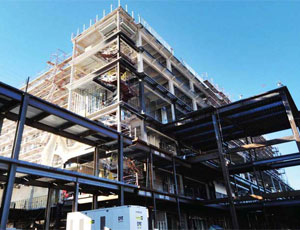
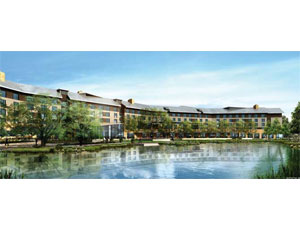
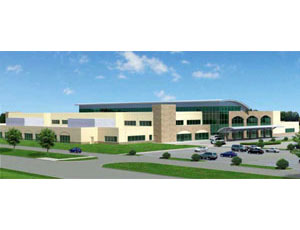
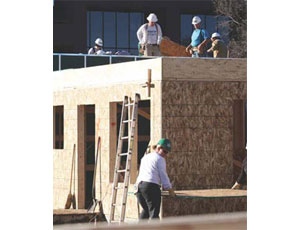
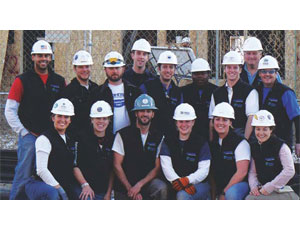
Lafferty: Our mission is to work in partnership with low-income families and the community to build decent, affordable housing. We believe that quality housing provides the foundation from which individuals, families and, ultimately, communities grow and thrive. Habitat serves low-income families who are willing to work for the opportunity to purchase a home from Habitat with a zero-percent interest loan. They also provide up to 500 hours of sweat equity helping to build their home and the homes of their neighbors.
Given the nature of this economic downturn, low-income families are facing unprecedented challenges. We have experienced a 51% increase in the number of applications by families facing a housing crisis, often for the first time in their lives. Housing represents the greatest monthly expense for a household and therefore is the most difficult to maintain with decreased income. More and more families are relying on organizations like Habitat for affordable housing.
While the current state of the economy is challenging, our vision of a community where everyone can fall asleep at night warm and safe drives us every day. We are fortunate to have sustained support from diverse parts of the community, enabling us to remain stable and productive when many builders are struggling. Additionally, there are unique opportunities the market presents such as the decreased price of land. This has enabled us to increase our land inventory to support three years of future home building, allowing us to plan for sustained growth.
Our goal is to build more than 200 energy-efficient homes over the next five years to meet the increasing need for high-quality, affordable housing in our community. This goal represents annual growth of approximately 10%. This will be a challenge given the current constraints on donors and sponsors; however, we believe we will be successful because of our generous and compassionate community.
Mountain States: You have traditionally followed a single-family home business model but currently have a multifamily project under way in Denver. Can you tell us about that project and the thinking behind it?
Lafferty: Historically, acquiring affordable land has been the greatest barrier to Habitat’s work. In recent years, we’ve been able to leverage unique opportunities that the downturn in the market has produced. Land prices dropped significantly and Habitat became an exit strategy for builders and developers who needed to sell their land at a discount. The Bails Townhome Community is the result of this type of partnership.
The Bails Townhome Community will allow 24 families the opportunity to live in an existing neighborhood adjacent to a thriving economic center, with diverse public schools and access to light rail and public transportation. We are incorporating green-building technologies into the homes, ensuring affordable maintenance and utility expenses in the long-term. These townhomes provide an opportunity for hard-working families – who have struggled to meet the demands of their current housing and living expenses – to find stability.
Mountain States: How much does transit access and transit-oriented development figure into your plans for future projects?
Lafferty: We always consider access to public transportation when acquiring property for Habitat homes. We recognize that transportation is the second greatest expense for low-income families. Therefore, it is critical for families to have affordable transportation options to work and school, otherwise the savings they realize owning a Habitat home will be subtracted by costly transportation. We always target property that is within walking distance of major bus and light rail corridors.
The Bails Townhome Community is within .5 miles of a major light rail station, which makes it an attractive location for many families. Fortunately, affordable housing developers and community leaders are considering affordable housing in many neighborhoods around future light rail stations and we hope to have additional opportunities to build adjacent to these sites.
Mountain States: What new initiatives is Habitat hoping to launch in metro Denver?
Lafferty: With the increasing number of foreclosures over the past two years in metro Denver, many low-income neighborhoods have been devastated. Habitat is working with a coalition of public and private partners to revitalize several Denver neighborhoods by increasing the amount of quality, affordable housing available. We understand that housing is at the core of neighborhood stability and success.
Through the Neighborhood Stabilization Program, the government is providing funding to acquire blighted property and foreclosed homes in targeted neighborhoods. Habitat is bringing together corporate partners and diverse faith groups to generate funding for the construction of the homes. Ultimately, we are providing a permanent solution for hard-working families and the neighborhoods in our community.
Mountain States: How does the move to your new building change or enhance your capabilities locally?
Lafferty: After 30 years of serving the metro Denver area, Habitat finally has a permanent place to call home. LaFarge had generously provided Habitat with virtually free office space for the past decade; however, our need for space increased as the number of houses we build each year has increased.
We were fortunate to acquire a building last year that will allow us to expand our ability to positively impact low-income families in our community. A partnership with GE Johnson Construction Co. and many of their business partners, such as Denver’s Urbitecture, which did the design, allowed us to renovate an old building into a brand new home for Habitat’s local headquarters.
This simple building provides sun-filled office space for staff, workrooms and meeting space for Habitat’s many volunteers and committees, and a multi-purpose room that accommodates large groups of families and volunteers for meetings.
The new space is also contributing towards Habitat’s goal of deepening relationships with other social-service organizations in the community. We are able to share the common space with other groups hosting large meetings and trainings. This additional exposure strengthens the awareness of our work and mission to the broad community.

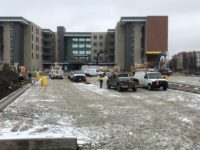


Post a comment to this article
Report Abusive Comment